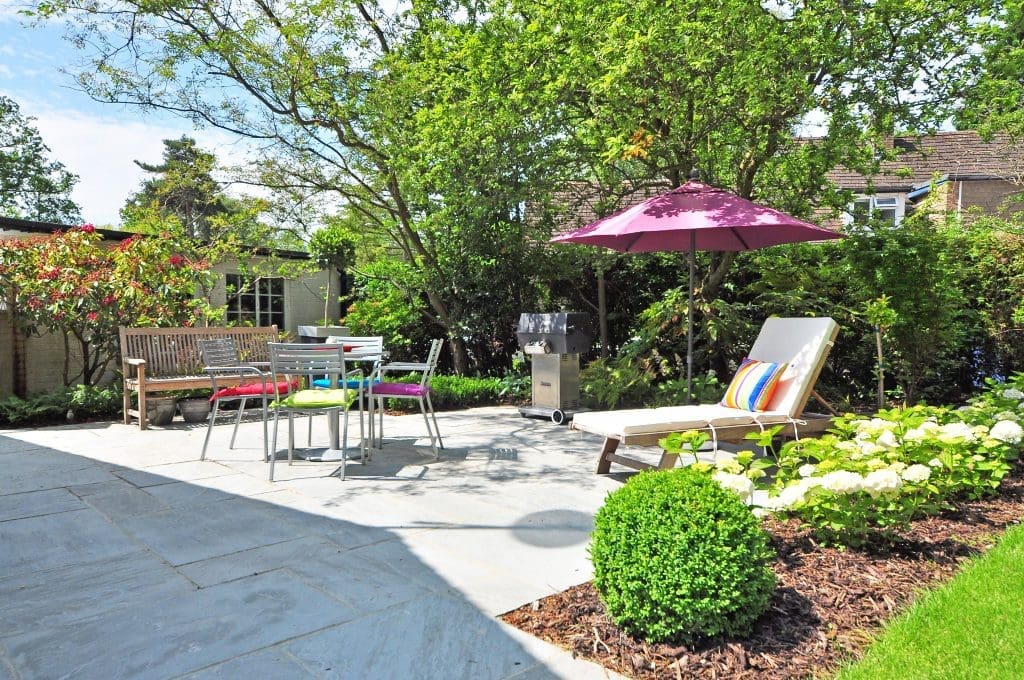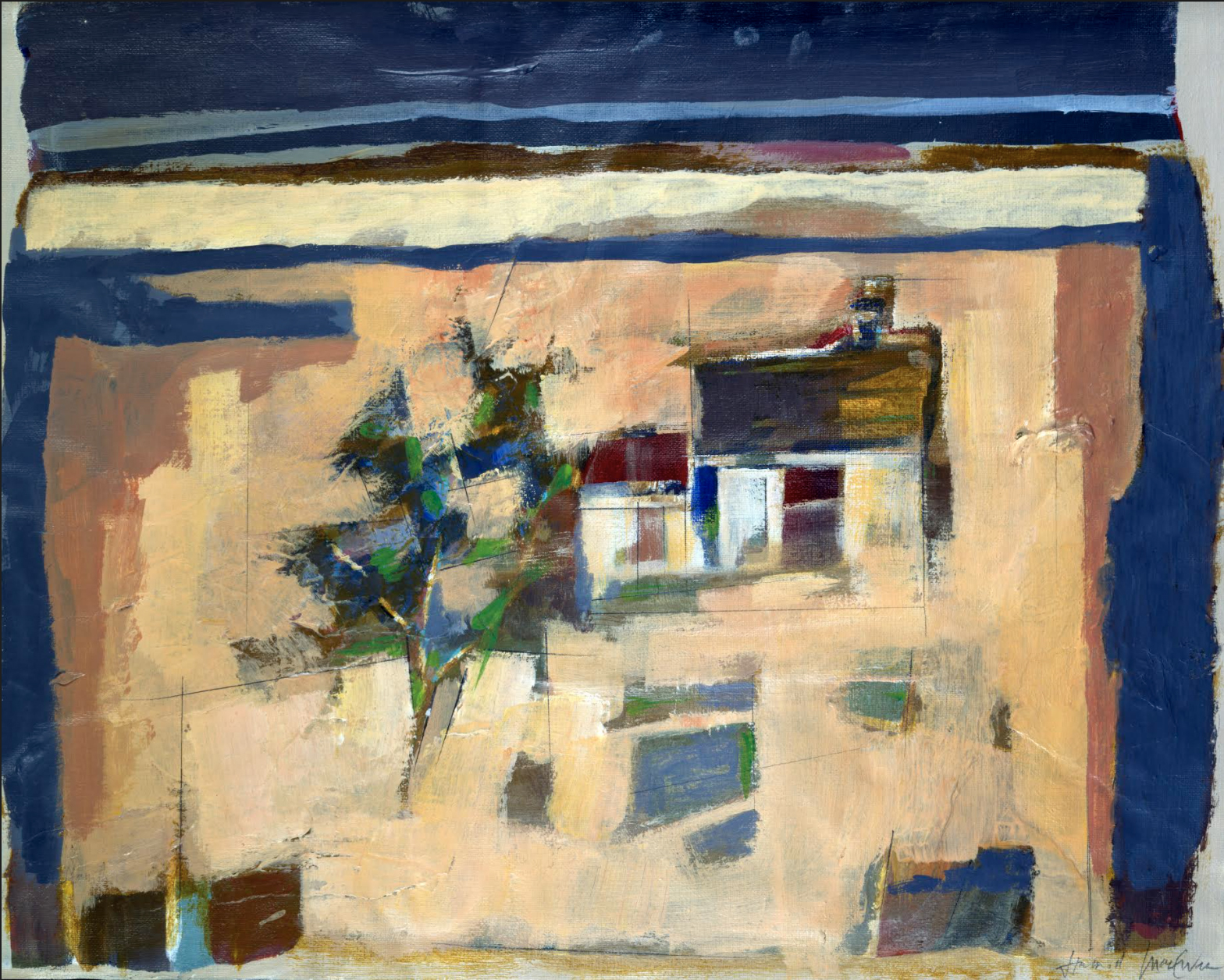Winter can leave behind a big mess, get your backyard back in shape for spring with these tips:
1. Remove Any Garbage and Waste. Months of snow, rain and wind can cause garbage and debris to end up strewn all over the yard. If you have pets, you also know that waste tends to accumulate as well. Now that the snow has melted away, it is time to remove anything that does not belong in the yard.
2. Clean Up Larger Debris. Once garbage and waste is removed, pick up any fallen tree branches, sticks, pinecones and any other larger debris. Any wood pieces can be kept for kindling for the summer fire pit.
3. Rake Up Small Debris For Compost. With larger items out of the way, it will be easy to run the rake over the entirety of the yard. Things like small sticks, leaves and dead grass can all be deposited in your compost pile. If you do not have a compost pile, and wish to start one, simply place some chain-link fencing in your compost spot to make a 3-foot-by-3-foot area. You can compost things like vegetable peelings, grass cuttings, plant prunings, cardboard egg boxes, paper, twigs, tea bags and fruit waste, etc. City of Toronto residents can get up to one cubic metre (or a trunk-full) of compost for free at a Compost Depot.
4. Trim and Prune Bushes, Trees and Shrubbery. Winter can take its toll on our plants and trees. Trim and prune anything that has been damaged. Avoid topping trees or removing large healthy branches, this can cause health problems for the tree and hurt the plant’s natural shape. Try to remove only dead branches, branches that rub against each other, or branches that are unhealthy.
5. Remove Stale Mulch. If your mulch seems a bit stale after a long winter, it is a good idea to remove it before planting new shrubs, flowers and plants. If you are in a colder region, you may want to wait a bit longer to start planting. You can start your seedling plants indoors so they are ready to go when it is warm enough.
6. Replace Mulch. Once you have planted everything, lay down new mulch. Chipped wood like cedar, cypress or redwood works great. Wood chips are often available for free. Check online to see if any mulch is available in your area either through the city or private listings.
7. Repair the Lawn. Most over–seeding should be done in the fall, but you can work on thinner areas in the spring if there are noticeable “balding” spots. Wait until grass is 4-5 inches tall before you resume regular mowing. The first mow of the season should only be a trim as over-cutting the lawn early on may leave your grass susceptible to damage.
8. Bring Out the Patio Furniture. It is time to arrange your outdoor sitting and entertaining areas again. Ensure you give all the furniture a good clean before setting up as dust and dirt can accumulate after months of storage. Check to see if any furniture needs to be replaced or repaired. Wash any cushions, pillows, and covers. Be sure to check tags before throwing anything into the washing machine.
Do you have any questions about preparing your yard this spring? Looking to make your outdoor spaces look their best in anticipation of selling your home? Give me a call at 416.960.9995 or email me at Elli@ellidavis.com and I would be happy to help.

